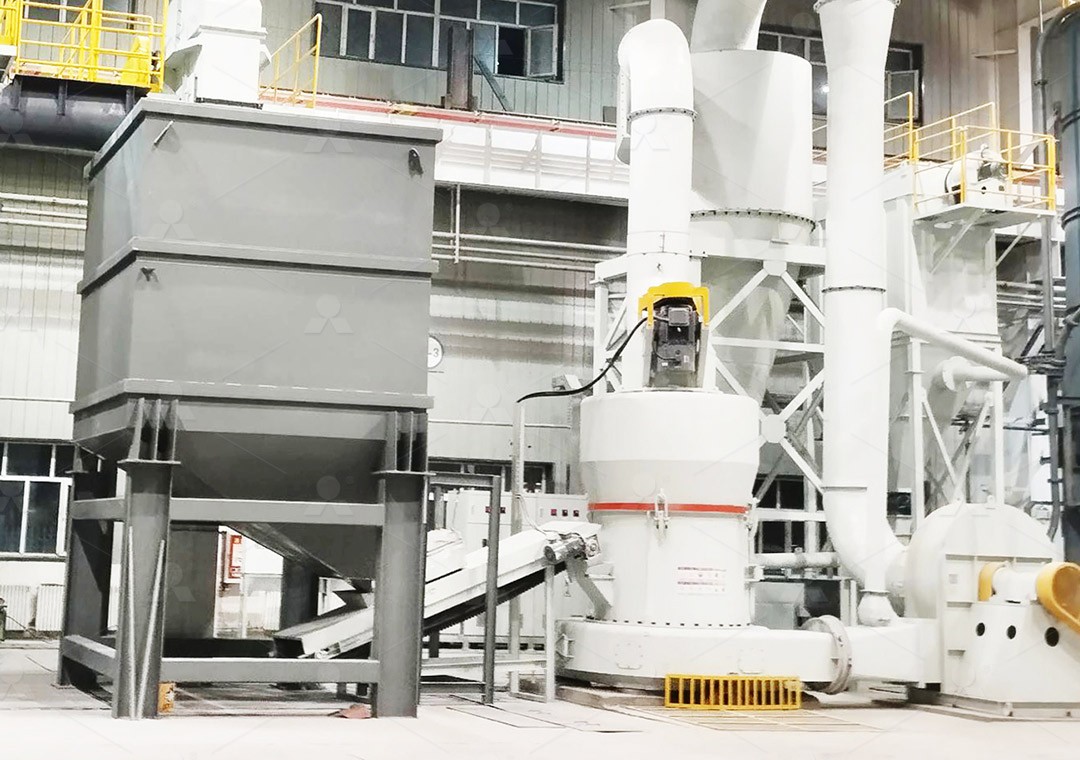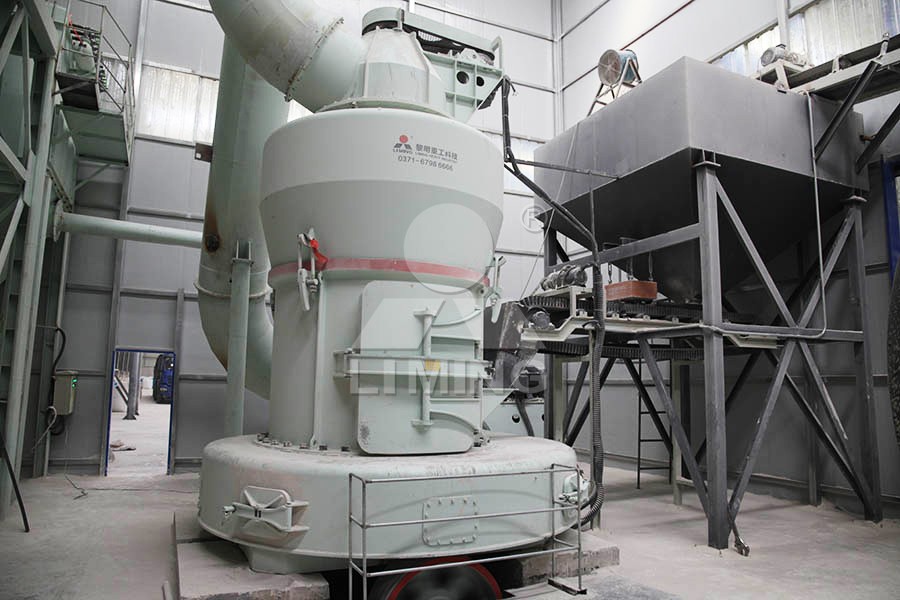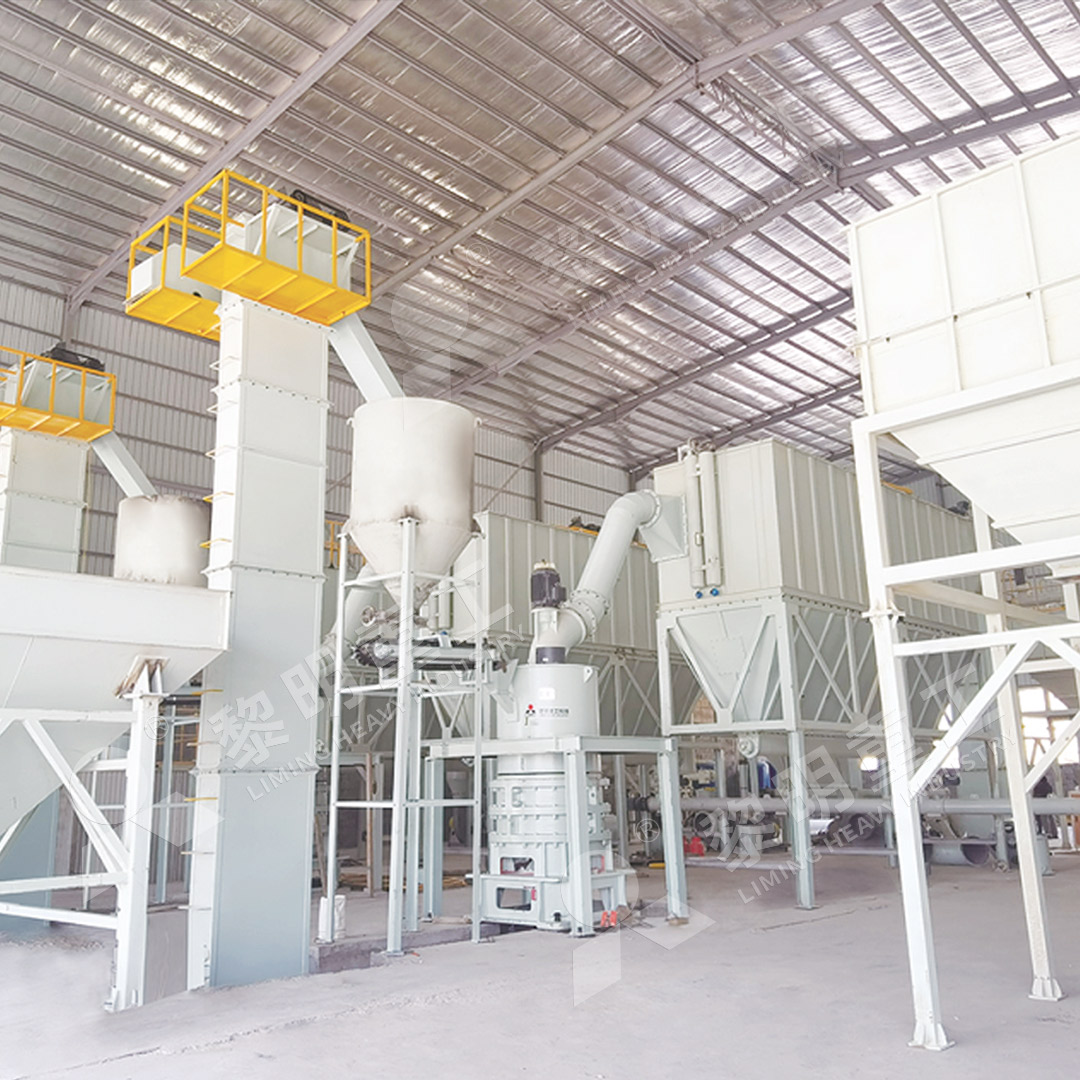Raymond Mill Model 2615: Technical Specifications and Industrial Applications
Raymond Mill Model 2615: Technical Specifications and Industrial Applications
In the realm of industrial grinding equipment, the Raymond Mill Model 2615 stands as a testament to reliable performance and versatile application. This workhorse of mineral processing has been a cornerstone in numerous industries for decades, offering robust construction and consistent output for medium-scale production requirements.

Technical Specifications Overview
The Raymond Mill Model 2615 features a grinding ring diameter of 2600mm and height of 150mm, giving it its distinctive nomenclature. With an input size capacity handling materials up to 25mm and production output ranging between 0.6-5 tons per hour, this model strikes an optimal balance between processing capacity and energy efficiency. The mill operates with a main motor power typically between 22-30kW, depending on specific material characteristics and desired fineness.
What distinguishes the 2615 model is its sophisticated airflow system that ensures consistent particle size distribution. The integrated centrifugal classifier allows for precise control over product fineness, typically achieving 80-325 mesh ranges. The mill’s grinding rollers, manufactured from high-chromium alloy steel, provide exceptional wear resistance while maintaining consistent grinding pressure through its spring loading system.
Industrial Applications
The versatility of the Raymond Mill Model 2615 makes it suitable for processing numerous non-metallic minerals and industrial materials. Common applications include:
- Limestone and calcite grinding for construction materials
- Gypsum processing for wallboard production
- Barite and bentonite pulverization for drilling mud
- Coal grinding for industrial boilers and power generation
- Phosphate rock processing for fertilizer production
This model particularly excels in operations requiring consistent medium-fine powders where production volumes don’t justify larger, more capital-intensive equipment. The relatively compact footprint makes it ideal for facilities with space constraints while still delivering professional-grade grinding performance.

Modern Alternatives for Enhanced Performance
While the Raymond Mill Model 2615 remains a reliable choice for many operations, technological advancements have introduced more efficient alternatives for specific applications. For operations requiring ultra-fine powders with higher production capacity, we recommend considering our MW Ultrafine Grinding Mill.
The MW series represents the next generation in grinding technology, specifically engineered for customers requiring ultra-fine powder production. With an input size of 0-20 mm and capacity ranging from 0.5-25 tph, this equipment significantly outperforms traditional Raymond mills in both efficiency and product fineness. The MW mill achieves adjustable fineness between 325-2500 meshes, far exceeding the capabilities of conventional grinding systems.
Notable features include its innovative grinding chamber design that eliminates rolling bearings and screws within the grinding zone, virtually eliminating concerns about bearing damage or loose screw-related failures. The integrated pulse dust collector and muffler system ensures environmentally compliant operation with minimal dust emissions and noise pollution.

Operational Considerations
Proper maintenance of the Raymond Mill Model 2615 involves regular inspection of grinding components, timely replacement of worn rollers and rings, and monitoring of the classifier operation. The mill’s relative mechanical simplicity contributes to its reputation for reliability and ease of maintenance.
For operations requiring higher efficiency, reduced energy consumption, or finer end products, upgrading to more advanced grinding systems like the MW Ultrafine Grinding Mill can provide substantial operational benefits, including energy savings of 30-40% compared to traditional milling systems.
Frequently Asked Questions
What is the typical lifespan of grinding components in the Raymond Mill Model 2615?
With proper operation and maintenance, the grinding rollers and rings typically last between 800-1,200 operating hours, depending on material abrasiveness.
Can the Raymond Mill 2615 handle moist materials?
While it can process materials with moderate moisture content, performance is optimal with materials containing less than 6% moisture. For higher moisture materials, pre-drying or considering mills with integrated drying capabilities is recommended.
How does the MW Ultrafine Grinding Mill compare to the Raymond Mill 2615?
The MW series offers significantly higher fineness capabilities (up to 2500 mesh vs 325 mesh), greater energy efficiency, and advanced environmental controls. It represents a technological leap forward for applications requiring ultra-fine powders.
What safety features are incorporated in these grinding systems?
Both systems include comprehensive safety measures including mechanical limit protection, overload protection, and explosion-proof options for combustible materials.
Are these mills suitable for food-grade applications?
With appropriate material contact surface treatments and dedicated cleaning protocols, both mills can be adapted for food and pharmaceutical applications, though the MW series is generally preferred for these sensitive applications due to its superior contamination control features.
